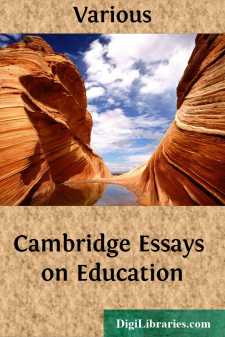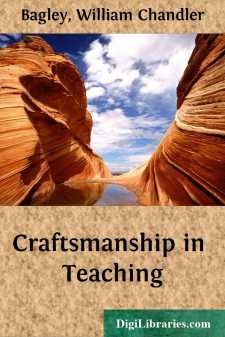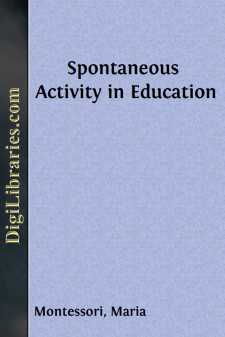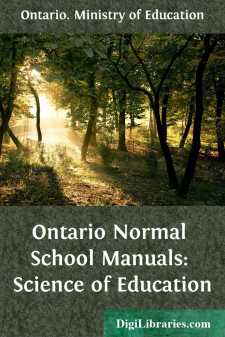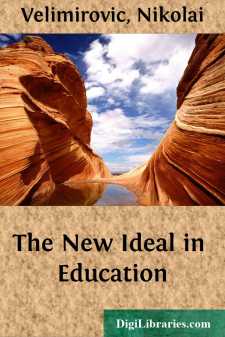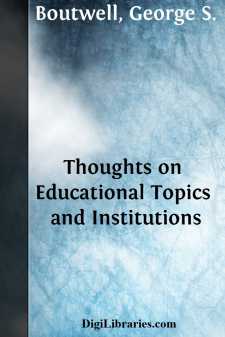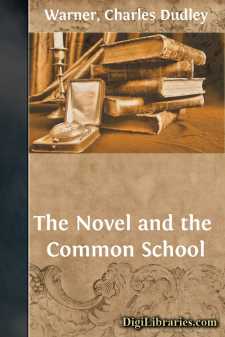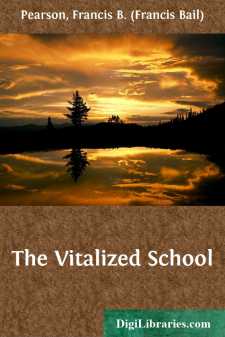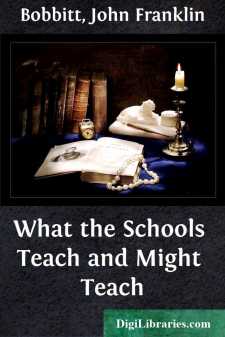Education
Education Books
Sort by:
by:
Various
INTRODUCTION In times of anxiety and discontent, when discontent has engendered the belief that great and widespread economic and social changes are needed, there is a risk that men or States may act hastily, rushing to new schemes which seem promising chiefly because they are new, catching at expedients that have a superficial air of practicality, and forgetting the general theory upon which practical...
more...
CHAPTER I Craftsmanship in Teaching I "In the laboratory of life, each newcomer repeats the old experiments, and laughs and weeps for himself. We will be explorers, though all the highways have their guideposts and every bypath is mapped. Helen of Troy will not deter us, nor the wounds of Cæsar frighten, nor the voice of the king crying 'Vanity!' from his throne dismay. What wonder that...
more...
by:
Maria Montessori
A SURVEY OF THE CHILD'S LIFE The general laws which govern the child's psychical health have their parallel in those of its physical health.—Many persons who have asked me to continue my methods of education for very young children on lines that would make them suitable for those over seven years of age, have expressed a doubt whether this would be possible. The difficulties they put...
more...
CHAPTER I Value of Scientific Knowledge.—In the practice of any intelligent occupation or art, in so far as the practice attains to perfection, there are manifested in the processes certain scientific principles and methods to which the work of the one practising the art conforms. In the successful practice, for example, of the art of composition, there are manifested the principles of rhetoric; in...
more...
THE NEW IDEAL IN EDUCATION. By Father Nicholai Velimirovic, Ph.D. "Nature takes sufficient care of our individualistic sense, leaving to Education the care of our panhumanistic sense." Ladies and Gentlemen, If we do not want war we must look to the children. There is the only hope and the only wise starting point. It is not without a deep prophetic significance that Christ asked children to...
more...
Words and terms have, to different minds, various significations; and we often find definitions changing in the progress of events. Bailey says learning is "skill in languages or sciences." To this, Walker adds what he calls "literature," and "skill in anything, good or bad." Dr. Webster enlarges the meaning of the word still more, and says, "Learning is the knowledge of...
more...
There has been a great improvement in the physical condition of the people of the United States within two generations. This is more noticeable in the West than in the East, but it is marked everywhere; and the foreign traveler who once detected a race deterioration, which he attributed to a dry and stimulating atmosphere and to a feverish anxiety, which was evident in all classes, for a rapid change...
more...
CHILDREN AND THEIR BOOKS The most vital educational problem will always be how to make the best use of the child's earlier years, not only for the reason that in them many receive their entire school training, but also because, while the power of the child to learn increases with age, his susceptibility to formative influences diminishes, and so rapid is the working of this law that President...
more...
CHAPTER I TEACHING SCHOOL Life and living compared.—There is a wide difference between school-teaching and teaching school. The question “Is she a school-teacher?” means one thing; but the question “Can she teach school?” means quite another. School-teaching may be living; but teaching school is life. And any one who has a definition of life can readily find a definition for teaching...
more...
THE POINT OF VIEW There is an endless, and perhaps worldwide, controversy as to what constitutes the "essentials" of education; and as to the steps to be taken in the teaching of these essentials. The safe plan for constructive workers appears to be to avoid personal educational philosophies and to read all the essentials of education within the needs and processes of the community itself....
more...


